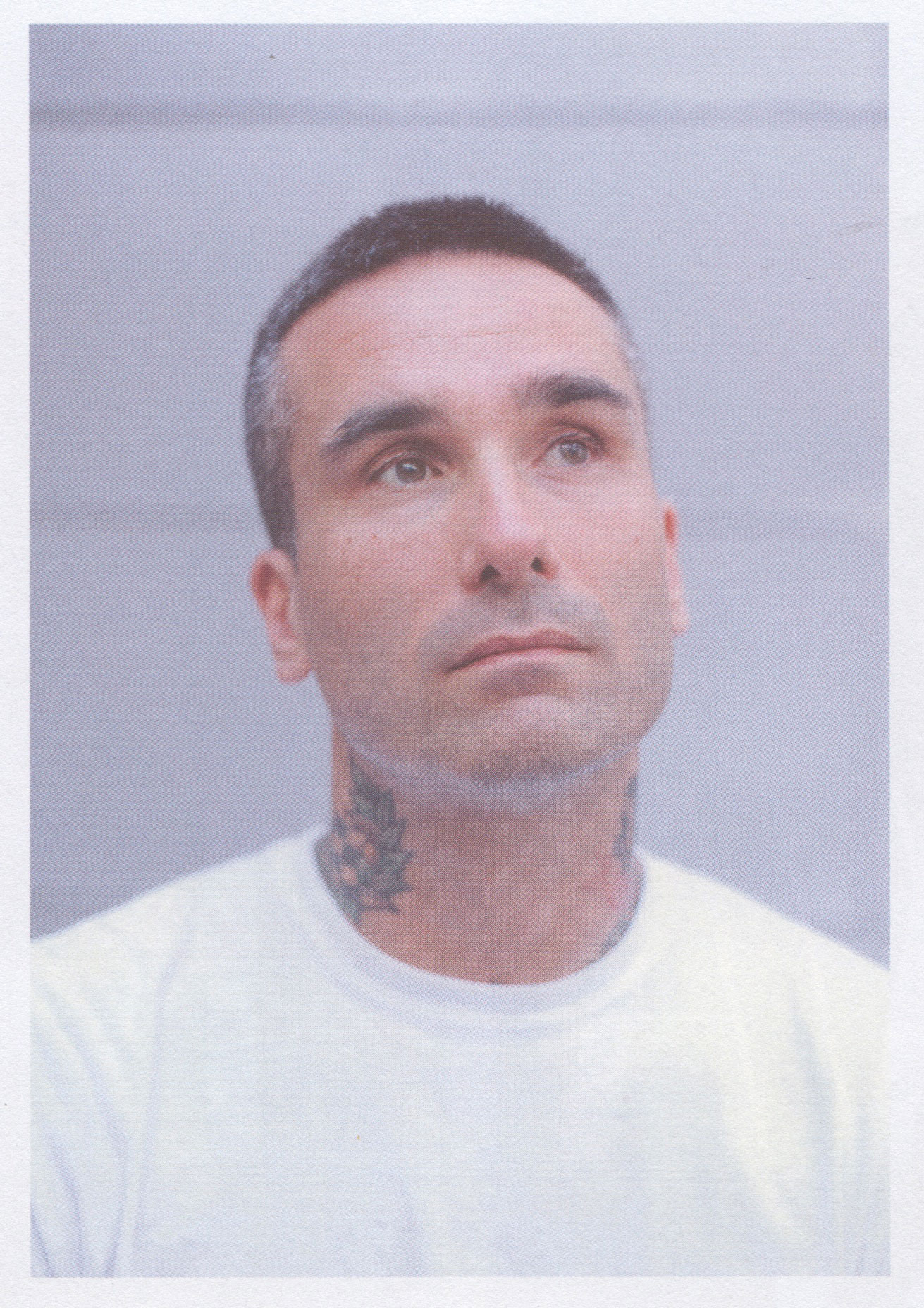
Gardar Eide Einarsson
There are many parallel realities in the universe of Gardar Eide Einarsson. At least two contradictory, albeit productive, forces immediately appear to be at stake. One represents the virtuosity of blur and fuzziness, which clouds his works in fog and introduces shifting focal points within which dark and gloomy enigmas emerge. Here the artist stages a novelistic sfumato and an overriding atmosphere of uncertainty and dark melancholia. Words and images stir up a wealth of connotations to notions like “suspended”, “memory flashes”, “vertigos”, “fugitive encounters”, and “unchartered territories”. The other involves a very different narrative. The environment here is that of the clear-sighted and the investigator; it is detailed, pointed and obsessive. Seeking precise points of reference and arbitrary details, it matches texts from instruction manuals and police handbooks with badges worn by solders in Iraq, signs from bars and restaurants, pictures of prisoners’ coded tattoos, and a photo of a well-known drug dealer. Together, they resist the impression of anonymity and elusiveness otherwise insinuated. The result is an eerie environment, which is simultaneously ambiguous and hyper-realistic. On one hand, we witness the blur of an abstraction, a quiet tempest of a Robert Motherwell painting or a geometrical rhythm of an Ellsworth Kelly composition; on the other, we experience a sense of precision akin to an immigration manual. The assemblage of these forces and narratives, which can be seen as the DNA of the GEE-ism, is both disturbing and fascinating. From this double interlace and anchorage, we get the enchantment of déjà-vu and the impression that we time and again arrive at almost identical readings of otherwise different works. We experience a feeling of disturbed and troubled jubilation and have a distinct notion that we are immersed within the artist’s universe. The magic appears every time we stand in front of the works, like here in this exhibition, which is both a constellation of individual works and one singular, floating oeuvre. The cumulative effect is to produce the sense that there is no future, only an increasingly important, multidimensional past, which the spectator triggers by experiencing Einarsson’s works. Within Einarsson’s universe there is a narrator (the artist himself), who often lends the impression of a fiction within fiction. As the storyteller, he is difficult to grasp or pin down. He almost assumes the role of the spectator, who invariably has a certain distance to the materials, the raw reference images, and it ultimately serves to increase the overall impression of uncertainty – of a present that slips away with no future, leaving only a continuously revisited past. A real virtuosity of discomfort. There is a “behind-the-scenes” mechanism or skeleton, which holds together the elements that collectively create the total illusion of Einarsson-ism. By using ready-made images and objects and employing art-historical styles including Geometrical Abstraction, Minimalism, Pop and Appropriation Art, the artist achieves an amalgamation of aesthetics, politics and social discourses. Filtering, relocating and re-interpreting his source material, he obtains a unified language and a unique aesthetics with strong references to the black and white media representations of the 1950s and 60s. Black dominates the composition throughout his oeuvre – sometimes a brilliant black, other times a matte black. In Einarsson’s work, black is increasingly a “figure de style” – a GEE-black. Although all of Einarsson’s works are anchored with a distinct orientation, they acquire a fascinating poly-semantic character when experienced in person. Things happen in between the works, almost as if the artist has rendered a conceptual no-man’s land, a dramaturgy where nothing seems to exist. This is where the ambiguity and the flux take place. Einarsson’s art is always at the edge of being something other than what it actually is. A perpetual sense of displacement and elusiveness is created between the abstract and the figurative: we have semiotic paintings where geometric forms may look like they are part of a Frank Stella canvas but are, in fact, derived from Japanese criminal codes. Similarly, there is an indistinctness between reality and aesthetics, where the realness of an image contrasts with its “coolness”; between individual and collective interests; fear and violence; justice and injustice; state and semantic rupture; critical distance and personal engagement; fascination and critical judgment; the local and the global; and finally between the presence and the non-presence of the artist. In this ubiquitous and constantly shifting set of meanings, the oeuvre as a whole becomes more meaningful than any single work or part thereof. The context takes over as a hypertext link and becomes a metaphor for social conditions. Einarsson aspires to represent the world (or a world within a world) as an ongoing equilibrium of social, cultural and economic forces.